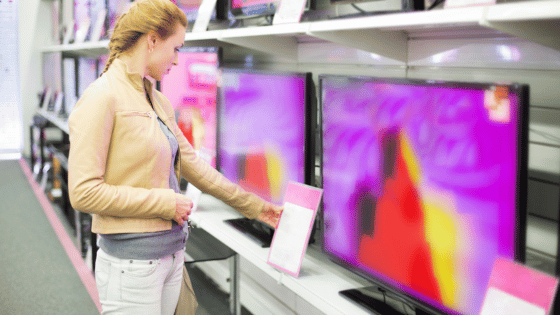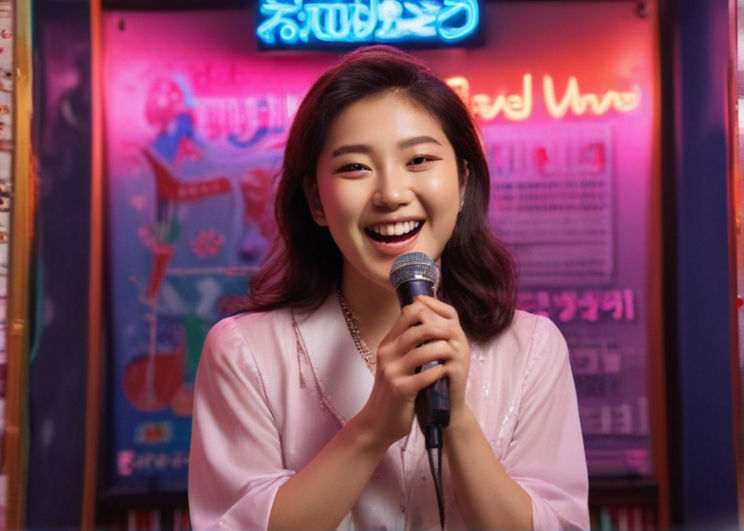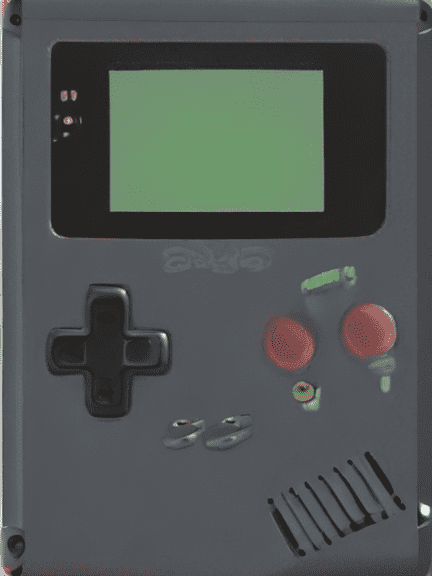How Shapes and Twisties Packaging Became Aussie Pop Icons
Walk down any supermarket snack aisle in Australia and you’ll see a burst of colour, quirky typography, and familiar mascots smiling back from crinkly bags. Shapes and Twisties, two of Australia’s most beloved snacks, aren’t just pantry staples. Over the decades, their packaging has become part of the national visual language, reflecting shifts in graphic design, marketing trends, and Aussie culture itself—and you can even find them stocked at the Aussie Food Shop.
Humble Beginnings
Arnott’s Shapes first hit shelves in the 1950s. Twisties have been around since the early 1950s, initially made in Melbourne. Their original packaging was simple, often just a logo and flavour on a plain background. It was practical and focused more on protecting the product than building a brand experience.
In those early days, design was constrained by printing technology. Packaging used limited colour palettes and minimal graphics. Fonts were bold and blocky for legibility, and illustrations were often hand-drawn. Still, even in those simpler forms, there were early signs of personality. Shapes had their neat boxes, and Twisties used a curvy, fun logo that hinted at the unique voices that would later evolve.
The Colour Explosion of the ’70s and ’80s
The 1970s and 1980s brought an explosion of color, pattern, and playfulness. This was a golden era for packaging across the board, and Aussie snack brands weren’t left behind. Shapes moved toward brighter boxes with more pronounced flavour cues. Richer colours, exaggerated images of the crackers, and a more upbeat typeface all became part of the look. Twisties, on the other hand, leaned hard into fun.
By the ’80s, Twisties had adopted a cartoonish style that matched the light-hearted, slightly chaotic feel of the product. The swirling logo, wavy text, and use of bright primary colours gave it a strong shelf presence. It wasn’t just about food anymore. It was about energy, excitement, and youth. Mascots began to appear, further enhancing the fun factor and transforming the brand into more than just a snack. It became a vibe.
’90s Edge and Attitude
The ’90s brought edge. Pop culture was shifting, and snack packaging followed. Shapes boxes became more graphic-heavy, with stylised cracker illustrations exploding off the box like action shots. Fonts got sharper. Flavor names became bolder, with words like “Pizza,” “Barbecue,” or “Cheddar” rendered in thick, vibrant letters, often outlined for maximum impact.
Twisties got a bit weirder, in a good way. The packaging leaned into surreal, abstract graphics, sometimes bordering on psychedelic. The mascot, once a side character, moved to the front. The brand voice became cheeky, slightly absurd, and unapologetically loud. Twisties embraced the “twist” both in name and visual identity, creating a look that was distinctively Aussie and unmistakably fun.
2000s: A Digital Influence
As digital design tools improved, packaging became more polished. Gradients, 3D effects, and photo-realistic textures began to appear. Shapes leaned into a “more flavour” narrative, with packaging that zoomed in on the crackers themselves, covered in specks of seasoning. Some even used visual “flavour waves” radiating off them.
Twisties doubled down on their legacy look but gave it a cleaner, more refined structure. The typography became more sophisticated, but the logo kept its iconic swirl. Packaging included more callouts, such as “now cheesier!” or “limited edition!” to tap into modern marketing psychology.
This era also saw the rise of limited editions, seasonal flavours, and crossover products, each with its own custom design. Packaging became collectible. It became a way to engage a younger audience looking for novelty.
2010s to Now: Nostalgia Meets Minimalism
Today, both brands strike a balance between innovation and nostalgia. Shapes boxes have gone through several redesigns. Some sparked backlash when fans felt that the classic look was being compromised. That’s the thing with iconic design. Change it too much, and people notice. Brands now walk a fine line, updating just enough to stay fresh while keeping visual elements that signal trust and familiarity.
Twisties continue to experiment with quirky, limited-release flavors like “candy cane” or “burger” flavors. But the core look remains: the wild, loopy logo and electric colour scheme. It’s loud and proud, and it still works.
Both brands also have fun on social media, highlighting their design quirks and interacting with fans who have genuine emotional attachments to the packaging. Memes, retro throwbacks, and fan-made redesigns have all helped keep Shapes and Twisties in the cultural conversation.
The Design Legacy
What makes Shapes and Twisties packaging so enduring? It’s the mix of consistency and creativity. Both brands have maintained their core identities. They use distinctive logos, bold colours, and playful language while evolving just enough to stay relevant. They don’t chase trends. They absorb them and make them their own.
They’ve also tapped into something deeper. A snack wrapper can trigger memory. That twist-top bag, that bold font, that cheesy smell—it’s more than just marketing. It’s nostalgia, joy, and a bit of Aussie irreverence all rolled into one.
Graphic design, at its best, doesn’t just sell a product. It tells a story, creates a feeling, and earns a place in culture. Shapes and Twisties have done exactly that. Their packaging isn’t just eye-catching. It’s iconic. And in a world of fleeting trends, that’s something worth celebrating.


 Tourists can unwind, eat, and watch movies in heated rooms in Korea. These rooms are called as Jjimjilbang. The health spas here are very traditional in Korea. These health centers have therapeutic pools (both hot and cold), steam caves with herbs added to them, saunas heated by kiln fire, and common rooms where people can hang out. The main goals of these hubs are to relax and clean up, but each spot was also carefully chosen to make you feel calm.
Tourists can unwind, eat, and watch movies in heated rooms in Korea. These rooms are called as Jjimjilbang. The health spas here are very traditional in Korea. These health centers have therapeutic pools (both hot and cold), steam caves with herbs added to them, saunas heated by kiln fire, and common rooms where people can hang out. The main goals of these hubs are to relax and clean up, but each spot was also carefully chosen to make you feel calm.
 Latin America is home to over 20 countries, each with its blend of history, traditions, and languages, yet united by a shared love for vibrant color, rhythm, and expression. Spanish is spoken widely across the region, and learning it opens the door to understanding much more than just grammar and vocabulary — it opens the door to culture itself.
Latin America is home to over 20 countries, each with its blend of history, traditions, and languages, yet united by a shared love for vibrant color, rhythm, and expression. Spanish is spoken widely across the region, and learning it opens the door to understanding much more than just grammar and vocabulary — it opens the door to culture itself.
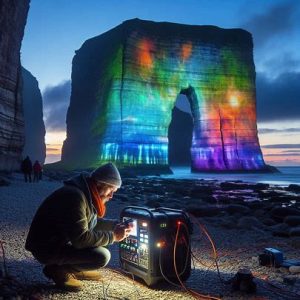
 Colorbond metal roofing has revolutionized modern architecture. Its versatility and range of colors allow architects to incorporate aesthetic and functional elements into their designs. The material has become a staple in many iconic structures, blending seamlessly with various architectural styles while providing unmatched durability and sustainability.
Colorbond metal roofing has revolutionized modern architecture. Its versatility and range of colors allow architects to incorporate aesthetic and functional elements into their designs. The material has become a staple in many iconic structures, blending seamlessly with various architectural styles while providing unmatched durability and sustainability.
 Farms are not just places for cultivating crops and raising livestock; they are vibrant landscapes brimming with inspiration. Thrive Farm has taken this concept to heart, using its official website to spark a creative movement that blends agriculture and art. This digital platform is a beacon for artists and enthusiasts, showcasing how sustainable farming can become a powerful muse for creativity.
Farms are not just places for cultivating crops and raising livestock; they are vibrant landscapes brimming with inspiration. Thrive Farm has taken this concept to heart, using its official website to spark a creative movement that blends agriculture and art. This digital platform is a beacon for artists and enthusiasts, showcasing how sustainable farming can become a powerful muse for creativity. The artistry of Chinese dresses lies in their impeccable craftsmanship. From the silk robes of the Tang Dynasty to the elegant qipao popularized during the 20th century, these garments are steeped in cultural significance. Their designs often feature motifs such as dragons, phoenixes, and lotus flowers, each symbolizing virtues like power, grace, and purity.
The artistry of Chinese dresses lies in their impeccable craftsmanship. From the silk robes of the Tang Dynasty to the elegant qipao popularized during the 20th century, these garments are steeped in cultural significance. Their designs often feature motifs such as dragons, phoenixes, and lotus flowers, each symbolizing virtues like power, grace, and purity. Parents in search of a math tutor in Charlotte look for a licensed teacher with notable experience and reputation in guiding students through mathematical processes. Math tutoring is about giving guidance on how to analyze and solve math problems. The help that tutors provide to students is in the form of guidance that will deepen a child’s understanding of math concepts and principles.
Parents in search of a math tutor in Charlotte look for a licensed teacher with notable experience and reputation in guiding students through mathematical processes. Math tutoring is about giving guidance on how to analyze and solve math problems. The help that tutors provide to students is in the form of guidance that will deepen a child’s understanding of math concepts and principles. Byantine mosaics for one, are the most historically significant art forms that art historians continue to study extensively. They are the perfect examples of how repeating patterns and geometrical shapes can make visually appealing structures. Mosaic, being a colourful assembly of stones, glass, mother of pearl and other fragile materials adorn the floors and walls of Byzantine structures. Despite the fragile nature of mosaic art, they were able to withstand the tests of time which indicates the involvement of correct mathematical calculations.
Byantine mosaics for one, are the most historically significant art forms that art historians continue to study extensively. They are the perfect examples of how repeating patterns and geometrical shapes can make visually appealing structures. Mosaic, being a colourful assembly of stones, glass, mother of pearl and other fragile materials adorn the floors and walls of Byzantine structures. Despite the fragile nature of mosaic art, they were able to withstand the tests of time which indicates the involvement of correct mathematical calculations.
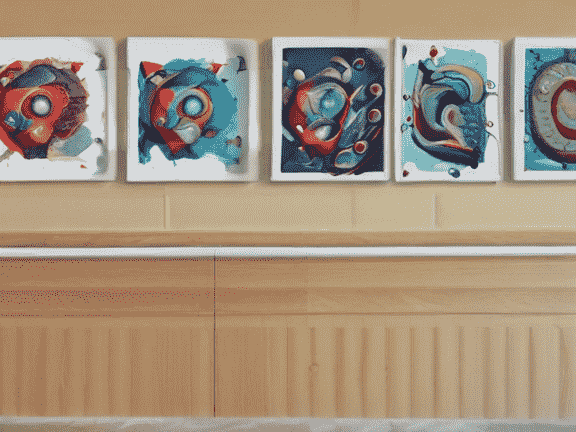

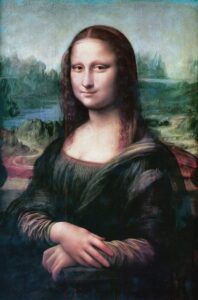 The benefits of visualization for artists can be perceived through compelling and creative art works that inspire them to visually express varying emotions. Through the use of lines, forms, shapes, scales, colors, contrast and composition, visually guided artists manipulate those elements in presenting not only their own emotions but also of others who pose as their subjects.
The benefits of visualization for artists can be perceived through compelling and creative art works that inspire them to visually express varying emotions. Through the use of lines, forms, shapes, scales, colors, contrast and composition, visually guided artists manipulate those elements in presenting not only their own emotions but also of others who pose as their subjects.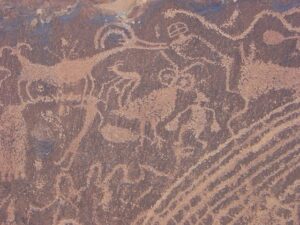 Even during prehistoric periods and through ancient civilizations, industrialization era and the age of computerization, it can be surmised that both artistic and scientific visualizations played a significant role in the advancement of art, science and technology. The continuing use of visualization as a widely used approach is mainly because of the benefits that artists and scientists derive from its use. The most well-received of which are the following:
Even during prehistoric periods and through ancient civilizations, industrialization era and the age of computerization, it can be surmised that both artistic and scientific visualizations played a significant role in the advancement of art, science and technology. The continuing use of visualization as a widely used approach is mainly because of the benefits that artists and scientists derive from its use. The most well-received of which are the following:
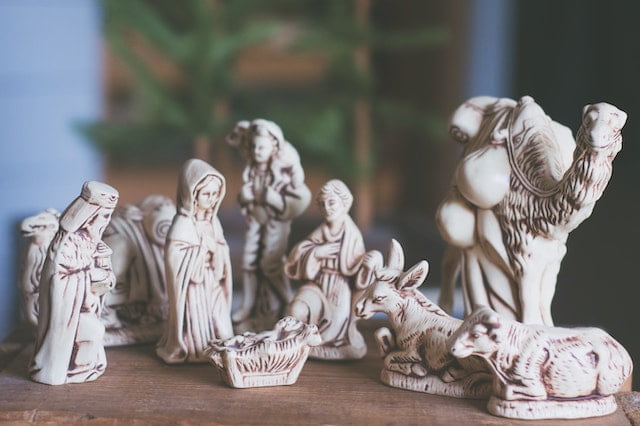



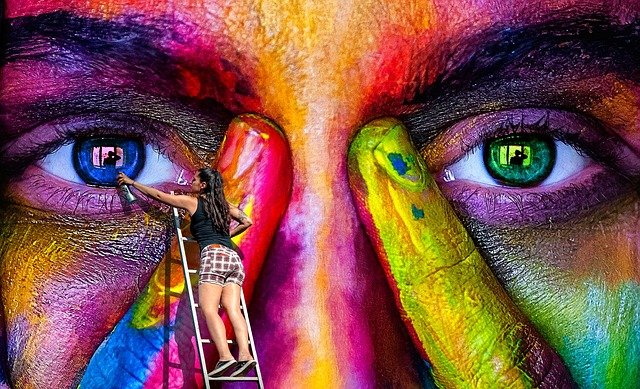

 One of the good challenges today is that we frequently feel untouched by the issues of others and by global issues like temperature change, even once we could easily do something to assist. We don’t feel strongly enough that we are a part of a worldwide community, a part of a bigger we. Giving people access to data most frequently leaves them feeling overwhelmed and disconnected, not empowered and poised for action. this can be where art can make a difference. Art doesn’t show people what to try and do, yet engaging with a decent work of art can connect you to your senses, body, and mind. It can make the globe feel.
One of the good challenges today is that we frequently feel untouched by the issues of others and by global issues like temperature change, even once we could easily do something to assist. We don’t feel strongly enough that we are a part of a worldwide community, a part of a bigger we. Giving people access to data most frequently leaves them feeling overwhelmed and disconnected, not empowered and poised for action. this can be where art can make a difference. Art doesn’t show people what to try and do, yet engaging with a decent work of art can connect you to your senses, body, and mind. It can make the globe feel.

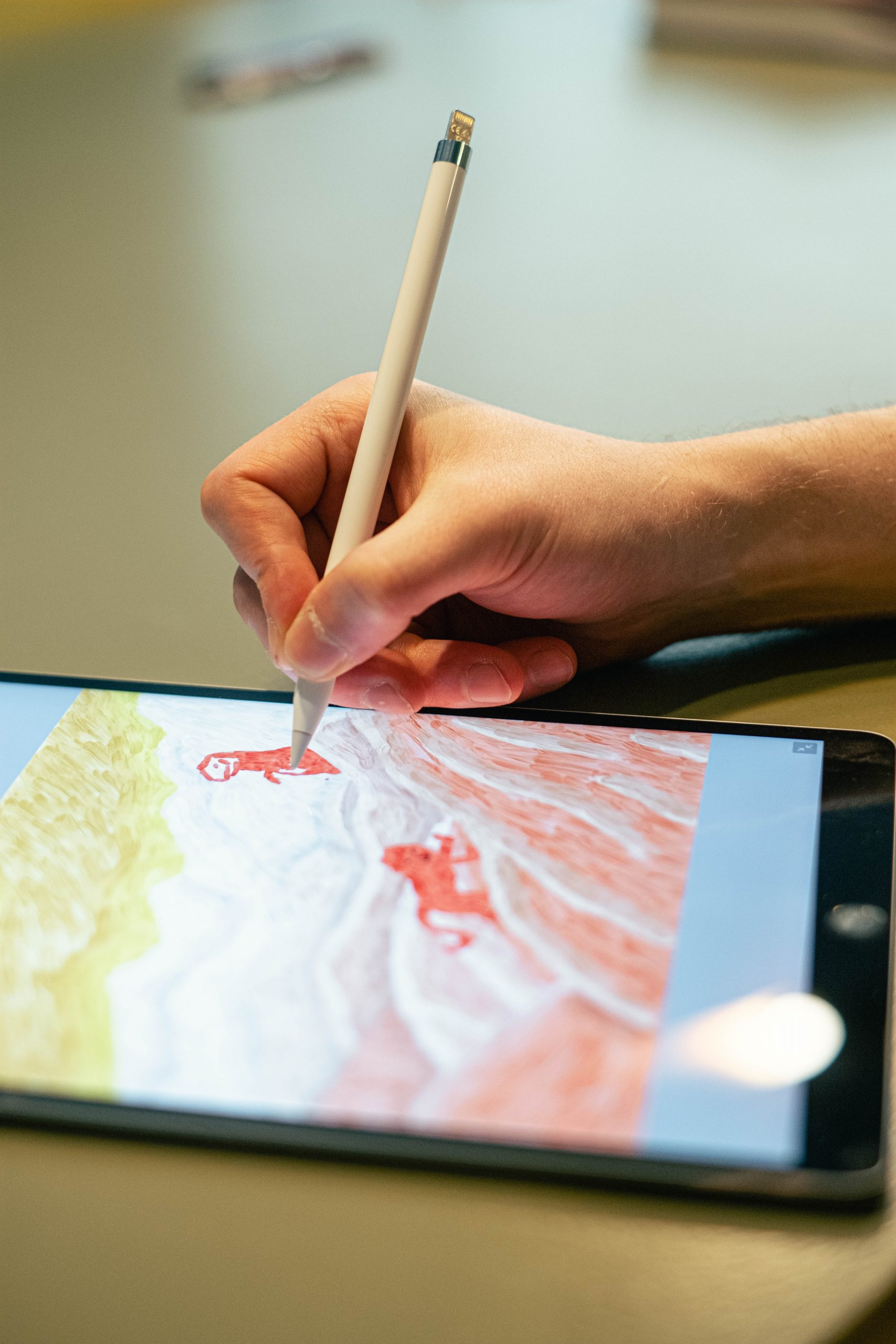
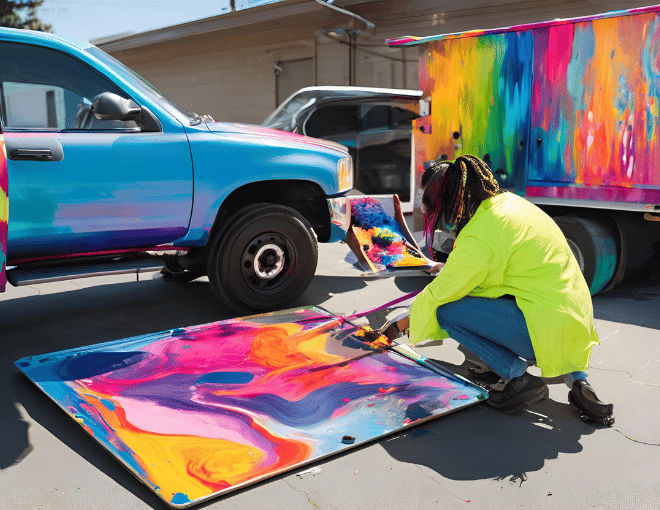
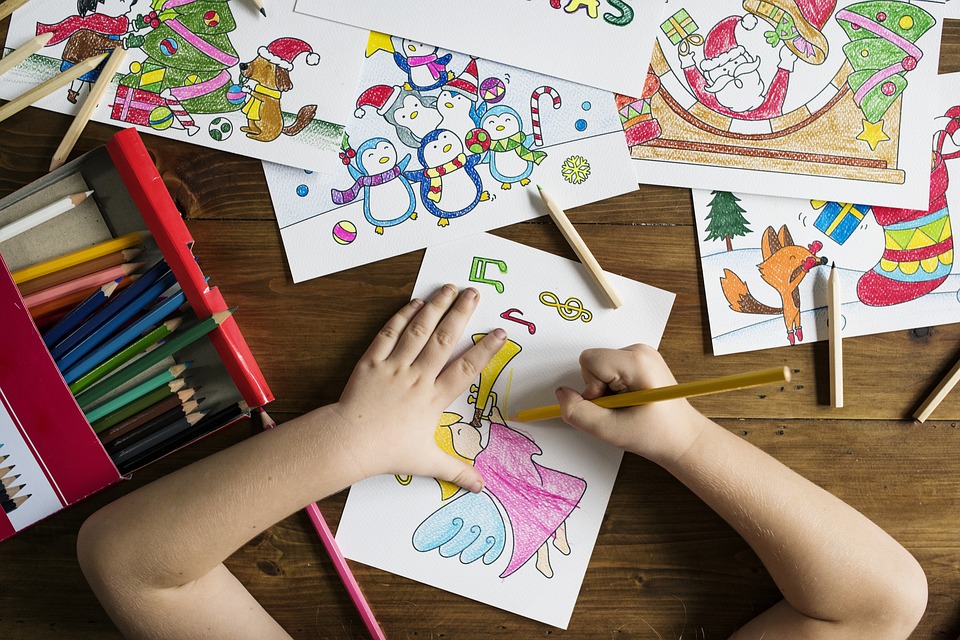


 Were you aware that artwork has a whole great deal more advantages on your mind? There is a reason artworks hanged and are exhibited in every location integral to a life–your office, your houses spaces, as well as even hospitals.
Were you aware that artwork has a whole great deal more advantages on your mind? There is a reason artworks hanged and are exhibited in every location integral to a life–your office, your houses spaces, as well as even hospitals.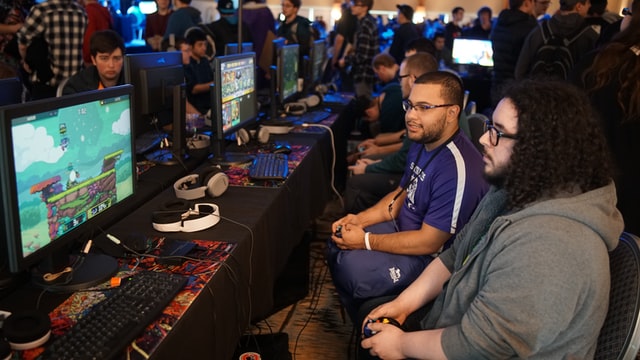
 Large-scale murals are a common choice since they let artists convey stories, catch the essence of horses, or just produce aesthetically breathtaking pieces of art.
Large-scale murals are a common choice since they let artists convey stories, catch the essence of horses, or just produce aesthetically breathtaking pieces of art. When you think of art, what comes to mind? Probably a pristine canvas, a carefully sculpted statue, or a colorful mural on a city wall. But behind many of the most innovative and thought-provoking art installations today lies a much more humble, often overlooked source of inspiration: waste.
When you think of art, what comes to mind? Probably a pristine canvas, a carefully sculpted statue, or a colorful mural on a city wall. But behind many of the most innovative and thought-provoking art installations today lies a much more humble, often overlooked source of inspiration: waste. 
 Being a universal communication technology, SMS is a good approach to get a larger audience. SMS APIs guarantee messages reach persons from many demographics, including those with restricted internet connection. Artists can use SMS to contact audiences abroad, therefore promoting worldwide appreciation of their art.
Being a universal communication technology, SMS is a good approach to get a larger audience. SMS APIs guarantee messages reach persons from many demographics, including those with restricted internet connection. Artists can use SMS to contact audiences abroad, therefore promoting worldwide appreciation of their art.
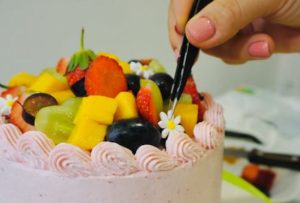 Cake decorating has come a long way from simple buttercream swirls and piped flowers. Today, it’s an art form that merges creativity with culinary skills, and one tool that’s gaining popularity in this sweet domain is the nang. This handy device, often associated with whipping cream, is revolutionizing
Cake decorating has come a long way from simple buttercream swirls and piped flowers. Today, it’s an art form that merges creativity with culinary skills, and one tool that’s gaining popularity in this sweet domain is the nang. This handy device, often associated with whipping cream, is revolutionizing 
